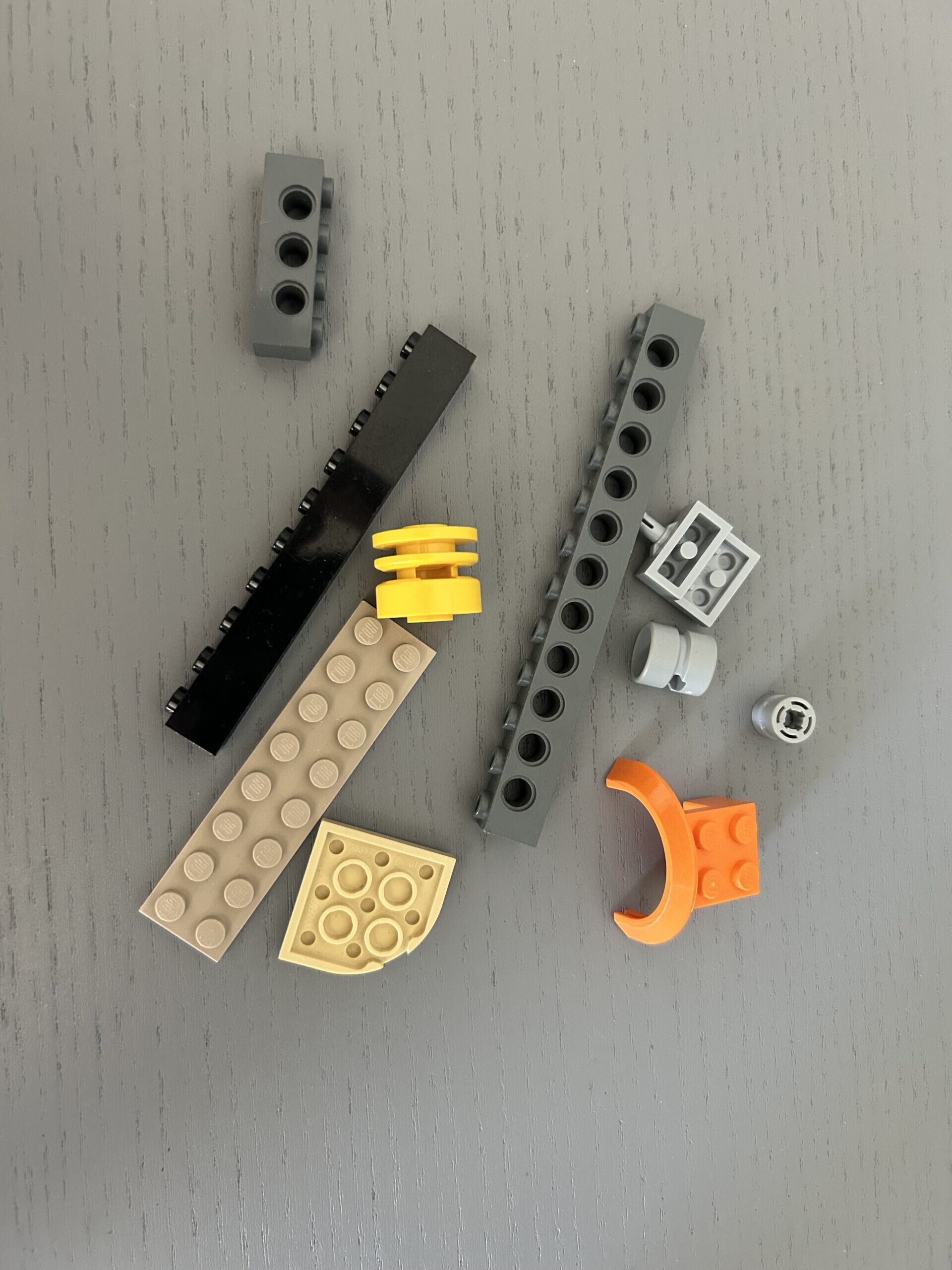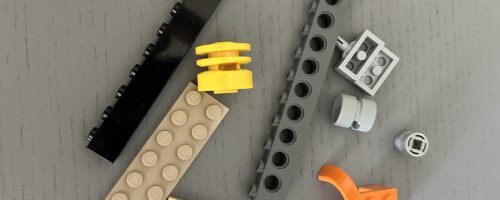
Billund, Denmark
How is it produced?
LEGO bricks are made through plastic injection moulding, and the process begins with tiny plastic granules called Acrylonitrile Butadiene Styrene (ABS). Inside the moulding machine, these granules are superheated to around 230 degrees Celsius and are fed into moulds inside the machine. The machine then applies hundreds of tons of pressure to make sure the bricks are shaped with perfect accuracy; they are then cooled and ejected. This process takes only 10 seconds to complete, as it is almost entirely automated. The moulds used in production are accurate to within 0.005 mm, and this accuracy ensures that only 18 elements in every one million products fail to meet the high quality standard. Throughout the process, strict quality control measures are in place to make sure pieces are proper. Machines and sometimes human inspectors check for any variations in colour, thickness, or other imperfections. The finished pieces are then sorted and moved to the packaging lines. Automated systems ensure that the correct number and variety of pieces are added to each LEGO set box. Bins holding different types of pieces open and close to release the right amount into “cassettes” that form the basis of the final set. High-precision scales verify the weight of each box to confirm accuracy. The sets are then shipped worldwide and sold in stores or online.
Describe the supply chain to the store shelf in Canada:
The LEGO Supply Chain involves the creation of the LEGO bricks using ABS plastic. This plastic is created from petroleum and rubber sourced from Saudi Arabia, Kuwait, and Thailand, and consists of three different monomers: acrylonitrile, butadiene, and styrene. It is then combined and created in LEGO factories. Lego has six different factories in Denmark, the Czech Republic, Hungary, Mexico, China and the USA. After bricks are created, they are sent to a distribution center in Prague. From there, it takes approximately 10 days for the bricks to reach shelves worldwide. The product relies heavily on international trade, and would not be possible without it. Despite LEGO being branded as a Danish product, it has factories worldwide and sources its plastic from around the globe.
What is the power balance between the producer and seller?
As a producer, LEGO has a very strong reputation as a premium brick company, with very few companies able to come close to LEGO’s quality. This also means that Lego has a very high demand when it comes to its products. It has a strong and efficient supply chain and has many crossovers with other IPs like Star Wars or Harry Potter, making it even more sought-after and popular. Because of the high quality and prestige of LEGO, sellers have very low power with LEGO products. Sellers know Lego is the most popular brand in the world of toys, and will have to compete with other sellers to have it in their store. This means that there is little to no negotiating room when it comes to selling prices.
Can you recommend changes to the system to improve the balance?
Lego has already been making strides to cut back on its carbon output, like creating carbon-neutral bricks and has already created a carbon-neutral factory in Richmond, Virginia, USA. By creating more factories and by creating more distribution centers, this reduces the amount of travel required for LEGO bricks to be transported and sold across the world.
References/Resources:
- Supplychaingamechanger@gmail.com. (2025, June 24). The complexity of the Lego Supply Chain!. Supply Chain Game ChangerTM. https://supplychaingamechanger.com/the-complexity-of-the-lego-supply-chain/
- Brick by brick – the LEGO supply chain. (n.d.). https://www.infios.com/en/knowledge-center/blog/lego-supply-chain
- Production of LEGO® bricks in North America. LEGO® History. (n.d.). https://www.lego.com/en-us/history/articles/e-production-of-lego-bricks-in-north-america

